I have an Sqlite database table like this (with out ascending)

But i need to retrive the table in Ascending order by name, when i set it ascending order the rowId changes as follows in jumbled order

But i need to retrieve some limited number of contacts 5 in ascending order every time
like Aaa - Eeee and then Ffff- Jjjjj ......
but to se**t limits like 0-5 5-10 .... ** it can able using rowids since they are in jumble order
So i need another column like (rowNum in oracle) wich is in order 1234567... every time as follows

how to retrive that column with existing columns
Note: WE DONTE HAVE ROWNUM LIKE COLUMN IN SQLITE